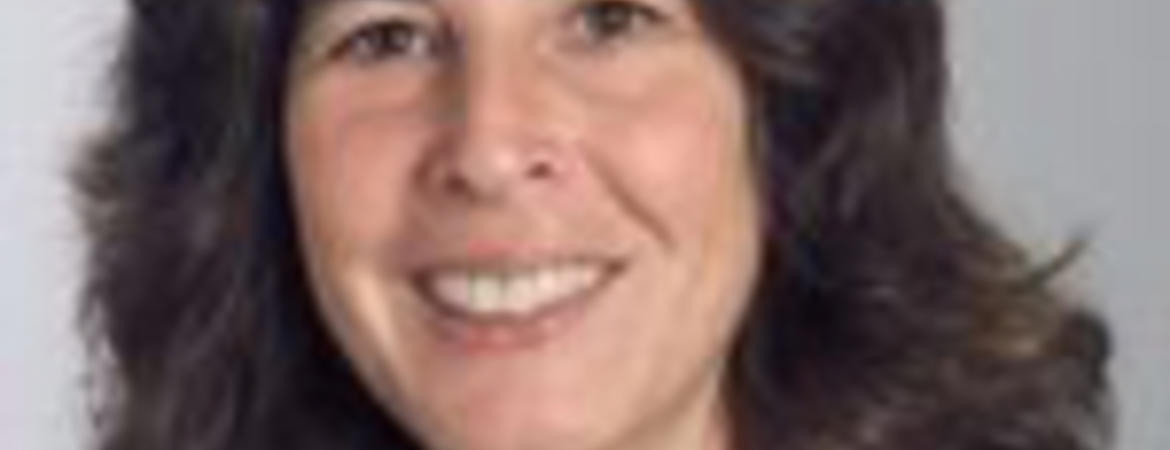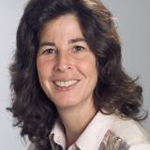

|
Written by: Photos by: |
We recently had the opportunity to visit Israel and spend several days looking at avocados including a visit with Zvi Mendel and Stanley Freeman, the lead researchers in Israel on the Polyphagous Shot Hole Borer (PSHB) and its Fusarium fungal symbiont. (The authors would like to thank them for their editorial comments on this report.)
So far the beetle is still largely confined to the central coastal region of Israel and the northern Negev. The beetle has also been found in the Upper Galilee at Kibbutz Hagoshrim in avocado and on ornamental trees in other locations in this region which is quite far from the primary infested area. The infested avocado trees have been destroyed but the beetle population already spread outside of the site of the initial infestation. Interestingly, this find was with a grower who packs their avocados in the coastal area. It is assumed that the beetles arrived in the bins originating from the infested area. This is a reminder to California growers and packers that to minimize the spread of pests clean bins are essential. The spread of avocado thrips and persea mite in California is also assumed to have been by bins containing vegetative material.
The Israeli researchers have continued searching for materials that will either control the beetle or the fungus. They have had reasonable success in the lab when they test materials under controlled conditions but application out in the field is not effective. There are no chemical treatments on the horizon that growers can use.
We visited infested avocado orchards in the Hefer Valley and the region southwest of the Carmel mountains (south of Haifa). We visited a Reed orchard which is believed to have been infested approximately 5 to 6 years. Three years ago this grove showed heavy infestation in the entire grove. What we saw on our visit was severe limb dieback, many broken branches scattered on the orchard floor, dropped mature fruit and smaller than normal fruit size for the fruit remaining on the trees. Signs of the beetle boring as evidenced by sugar exudates were easy to find wherever we looked. Dr. Mendel told us that the grower is giving up on this orchard and plans to bulldoze the orchard after harvest. We went on to see several other groves; in all except a 2-year-old orchard it was easy to find limb dieback, fallen fruit and sugar exudate up and down branches. We were told that they do not often find infestation of young groves but when they do, it is usually on the base of the trunk (either rootstock or scion).
We visited a plot with some growers along with Leo Winer (an extension officer) and Udi Gafni (head of the research and development unit of GRANOT) where insecticide applications to infested trees had been made last fall (2012). Unfortunately, signs of continued beetle activity were relatively easy to find. The growers told us about seeing fruit shriveling as the branch dies back. Since substantial fruit drop occurs of both mature and developing there is also an overall drop in productivity as an infestation spreads throughout a grove. Growers are extremely concerned and frustrated that there are no control measures for the beetle. Similar to California, Israel has historically used minimal pesticide sprays. The growers know that in areas already infested that spray applications are key to their continued orchard viability.
Avocado growers in Israel are also seeing problems with Botryosphaeria fungal infections. We visited the northern Negev Desert area where avocados are grown. We went to a large Hass orchard the grower is attempting to control this problem using phosphite injections. We were able to see upper limb dieback and staining on the upper branches.
In the meantime, Drs. Mendel and Freeman are continuing to study beetle biology and the behavior of the Fusarium fungal component. Dr. Mendel is developing a method to raise the beetle in the laboratory. This will be a important breakthrough since it will allow for a better understanding of the beetle life cycle. They know that the female beetle once it flies and seeks a place to burrow has about a 48 hour window to successfully establish itself in the host plant since this is the time period it can survive without feeding. We also learned that the beetle carries the Fusarium spores in its mycangium (a specialized structure at the back of its jaw), rather than hyphae. The larvae and pupa do not have mycangium, only the adults. While the larvae pupate, the Fusarium in the galleries sporulates and the emerging adult as it feeds picks up the Fusarium spores. On a side note, Drs. Mendel and Freeman do not necessarily agree with our use of the name PHSB. They argue that the beetle is monophagous (eats only one kind of food, Fusarium) but uses several tree species as hosts. We will have to see how the final name for the beetle is ultimately settled among the insect taxonomists.
Finally, Dr. Mendel is very worried about the spread of the beetle to native tree species in Israel, especially oaks which are found in many areas throughout the country. The box elder (which also occurs as a landscape tree in California) has been decimated by the PHSB. This is a warning flag for all California residents to take action to safeguard our native oaks, other native species and landscape trees.
These visits reinforced the extreme importance that the California industry must be diligent looking for tree infestation. The industry must work with the landscape industry and forestry service in southern California to understand how fast the infestation is spreading and what hosts are most susceptible. The industry needs to continue funding both applied (surveys, control measures and understanding of the beetle and fungal biology) as well as more basic work such as the origin of the beetle. This latter piece of information may lead to better ideas concerning control measures. Finally California researchers and industry leaders would be well advised to collaborate closely with our Israeli colleagues. They are facing this crisis head on since the PSHB has already spread into commercial groves. From their advanced experience, the California industry can learn much.
A conference on the PSHB and its Fusarium fungal symbiont was held in August 2012 in Riverside. The talks from this meeting are available for review on the website www.avocadosource.com. Video of the conference presentations from the public meeting are available for viewing on YouTube. The science portion of the meeting will be posted on YouTube in the forthcoming weeks.